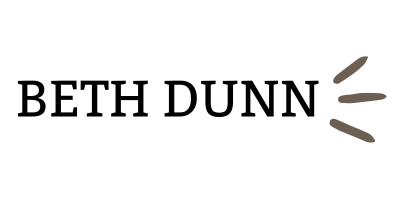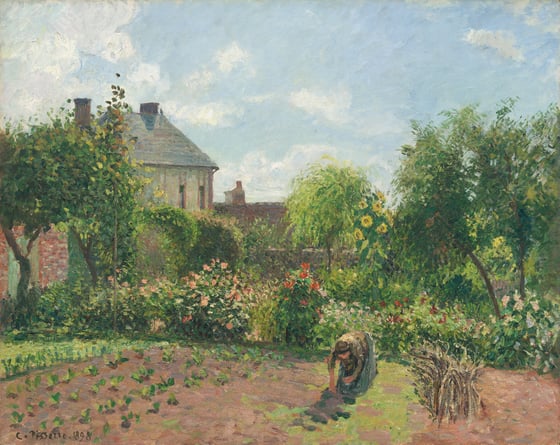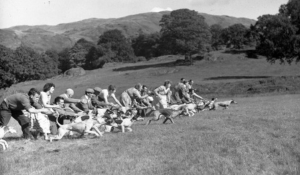VM9: Peas in a Pod
Every spring around this time — either on the equinox or St Patrick’s Day, whichever you prefer — my friend Linda sowed her snap peas.
She wasn’t alone, of course. This is when gardeners around here know to get their peas in the ground. Even though right now it seems ridiculous, the height of folly, absurd. The ground is still frozen, completely inert. Hard as iron, as the Christmas song says.
But Linda taught me to sow my peas in mid-March. So that’s what I do.
Outside I march every March, wading through the sea of snowdrops that festoon the banks of my yard, legs swinging over the sagging wire fence. Then, filled with fresh hope, I push handfuls of hard seed pods into the ground.
When I'm done, I'll clamber back up the hillside and get the steel trellises from their winter home in the outdoor shower enclosure, where they’ve been ever since I pulled them up in the fall.
I wasn’t always a gardener. I only took it up a few years ago, during the first months of the pandemic. I wasn’t going out much, to put it mildly, and I wanted to see what I could do with the half acre of ground my world had been reduced to. I felt lucky to live in a comfortable house, with a decent-sized yard, when so many of my friends in their city apartments were literally climbing their walls.
So I resolved to make a virtue out of necessity and try my hand at growing my own food. Linda said I could do it. She was usually right.
First I read books, because that's what I do. Somehow I came across a set of old books by Ruth Stout, a self-taught gardener from the war years. Her books were light on details, but loaded with charm. She wrote about learning to raise her own vegetables in the Connecticut countryside during the long years of the Depression. And about opening up her house, barn, and land up to all her wild, hungry friends. Together they grew their own food in their own frozen ground.
I devoured her books in bed late at night during those first few weeks of the pandemic. They gave me this wild hope that that hard times could be got through. With humor. And friends.
Then I’d call Linda in the morning, and we’d talk about things.
I'd already known Linda for about 20 years. She was in her 80s by now, but she was still sowing and growing a lot of her own food. She had some strong opinions about the right way to grow things. She had strong opinions about a lot of things. And she was usually right.
Linda told me to go ahead and sow my first peas, even in the depths of lockdown, because — she promised — the sun would keep coming up and going down, and would even stay up a bit longer each day. And eventually — she promised — I'd be able to eat them standing up, right off the vine.
I knew I could take her at her word.
I learned later that some people soak their peas in milk the day before they put them into the ground, but I didn’t know to do it that first year, and Linda didn’t mention it. Peas came up fine.
They came up so fine, I couldn't believe it. First came the vines — miraculous, green — threading their way up out of the ground. I was so worried about them, I spent hours on my knees, training each one to find the nearest support. I needn’t have worried. They knew what to do.
Then came the tender white flowers, little trumpets of joy. And then, spilling right out of those blossoms, the first fat little pods.
I asked Linda when I could eat them. She said any old time.
I waited a while, waited for them to look more like the pictures on the seed packets they’d come in. But one day a fat, ripe pea pod fell right into my hand. So I popped it into my mouth. And wow, was it good.
The next year, deer ate all of Linda’s snap peas, days before she'd planned to eat her first fistful that year. The deer got them all — munched them right down to the ground. She was mad, but she didn’t grumble about it. She didn't grumble much, as a rule. Said the deer had a right to eat what they found.
I brought her a quart of my own peas the next day. I figured it was the least I could do. I learned so much of what I know about growing from her.
Linda passed away last weekend, without any warning at all. I don’t have any words to share this week, except in praise of my friend.
Tomorrow I’ll sow this year’s snap peas. I’m already several days late. But she won’t mind. And they’ll be fine. They’ll know just what to do.

Read This
Ruth Stout wrote a bunch of books in the 1940s and 1950s, mostly about gardening and welcoming her many bohemian friends to crash in her barn. Her "no-work" method (and let's be honest, her way with a story) is what made me think I could maybe garden, too. Then I found Charles Dowding, and he confirmed the fact.
Dig This
Charles Dowding is the king of no-dig gardening in the UK. I learned almost everything I know about no-dig from him. And there was truly nothing more soothing, in those dark days of 2020, than to listen to the bees buzzing in his garden and hear his gentle, grounded, encouraging words.



